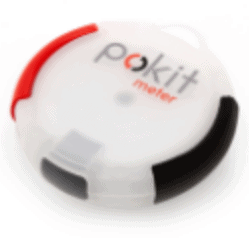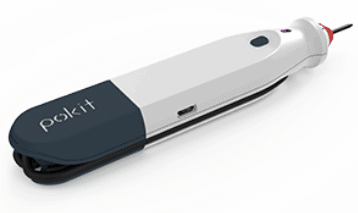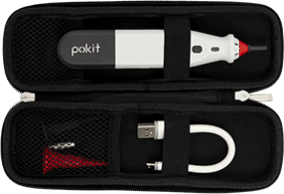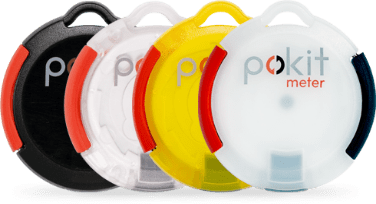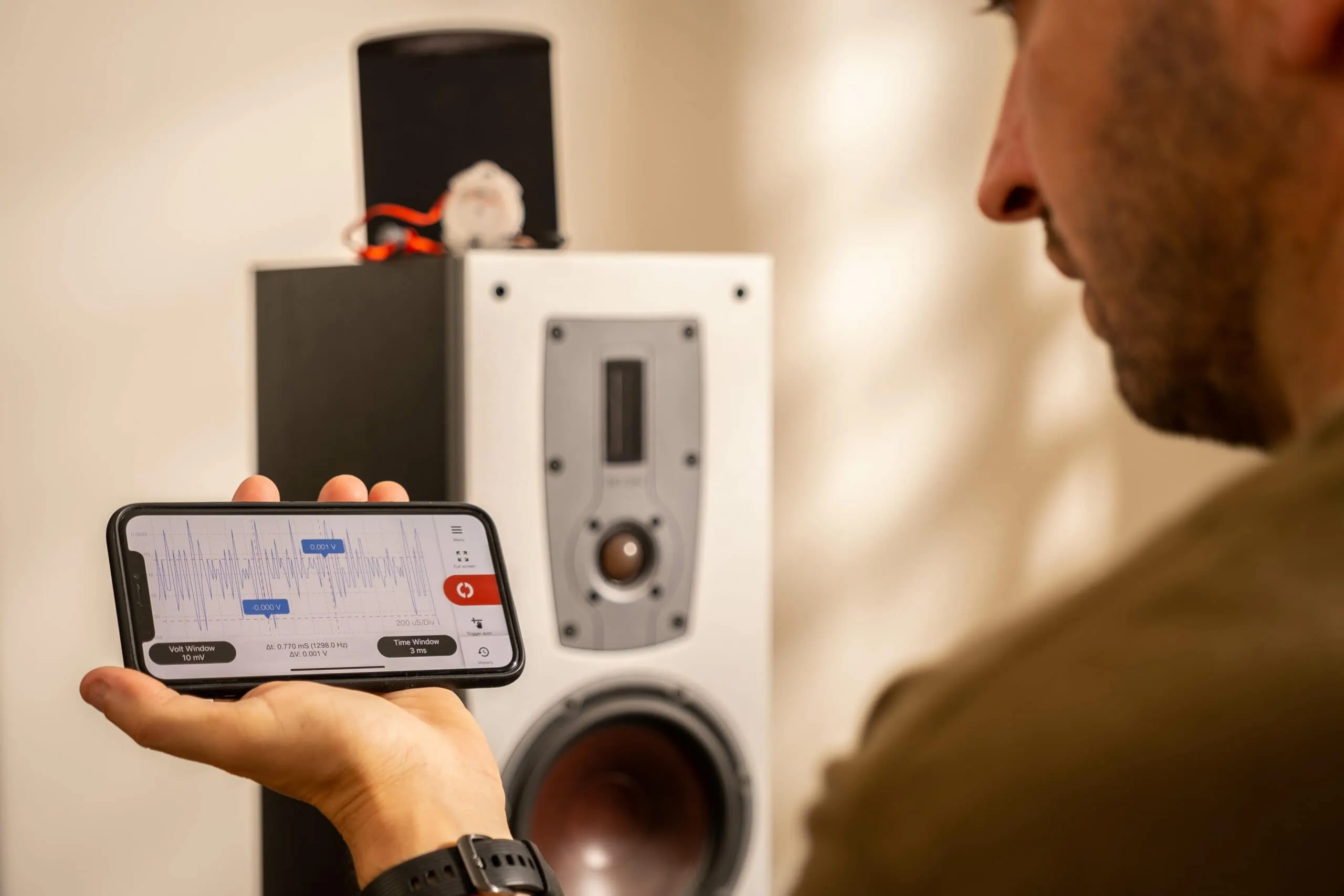If you’re new to the world of electronics, you may have heard about an oscilloscope but not known much about it. An oscilloscope is an essential tool for anyone working with electronics, and it’s essential to know how and when to use one. In this beginner’s guide, we’ll explain the fundamentals of an oscilloscope, how to use it, and when to use it.
What is an Oscilloscope?
An oscilloscope is a device that measures and displays electrical signals. It’s commonly used in electronics and electrical engineering to visualize and measure electrical signals. An oscilloscope shows the waveform of an electrical signal, allowing you to see its frequency, amplitude, and shape.
Types of Oscilloscopes
There are two main types of oscilloscopes: analog and digital. Analog oscilloscopes were the first type of oscilloscope invented and were widely used before digital oscilloscopes became available. They display waveforms on a cathode-ray tube (CRT) display. Digital oscilloscopes, on the other hand, use digital signal processing (DSP) to analyze and display waveforms on an LCD screen.
How Does an Oscilloscope Work?
To understand how an oscilloscope works, you need to know the basic components of an oscilloscope. An oscilloscope consists of a display, input channels, and controls. The input channels capture the signal you want to analyze, and the controls allow you to adjust the settings of the oscilloscope to display the signal in different ways.
When to Use an Oscilloscope
You can use an oscilloscope to analyze any electrical signal, but it’s most commonly used to analyze signals in the frequency range of a few hertz to a few gigahertz. Here are some common situations when you may need to use an oscilloscope:
- Debugging: An oscilloscope is an essential tool for troubleshooting and debugging electronic circuits. If a circuit isn’t working as expected, an oscilloscope can help you identify the problem.
- Design: If you’re designing an electronic circuit, an oscilloscope can help you test and verify the design. You can use it to check the waveform of the signals at various points in the circuit.
- Signal Analysis: If you need to analyze a signal, an oscilloscope can provide detailed information about the signal’s characteristics, such as amplitude, frequency, phase and shape.
- Quality Control: An oscilloscope is also used in quality control to ensure that electronic products meet the required specifications.
How to Use an Oscilloscope
Using an oscilloscope may seem daunting at first, but with practice, you’ll become comfortable with it. Here’s a step-by-step guide on how to use an oscilloscope:
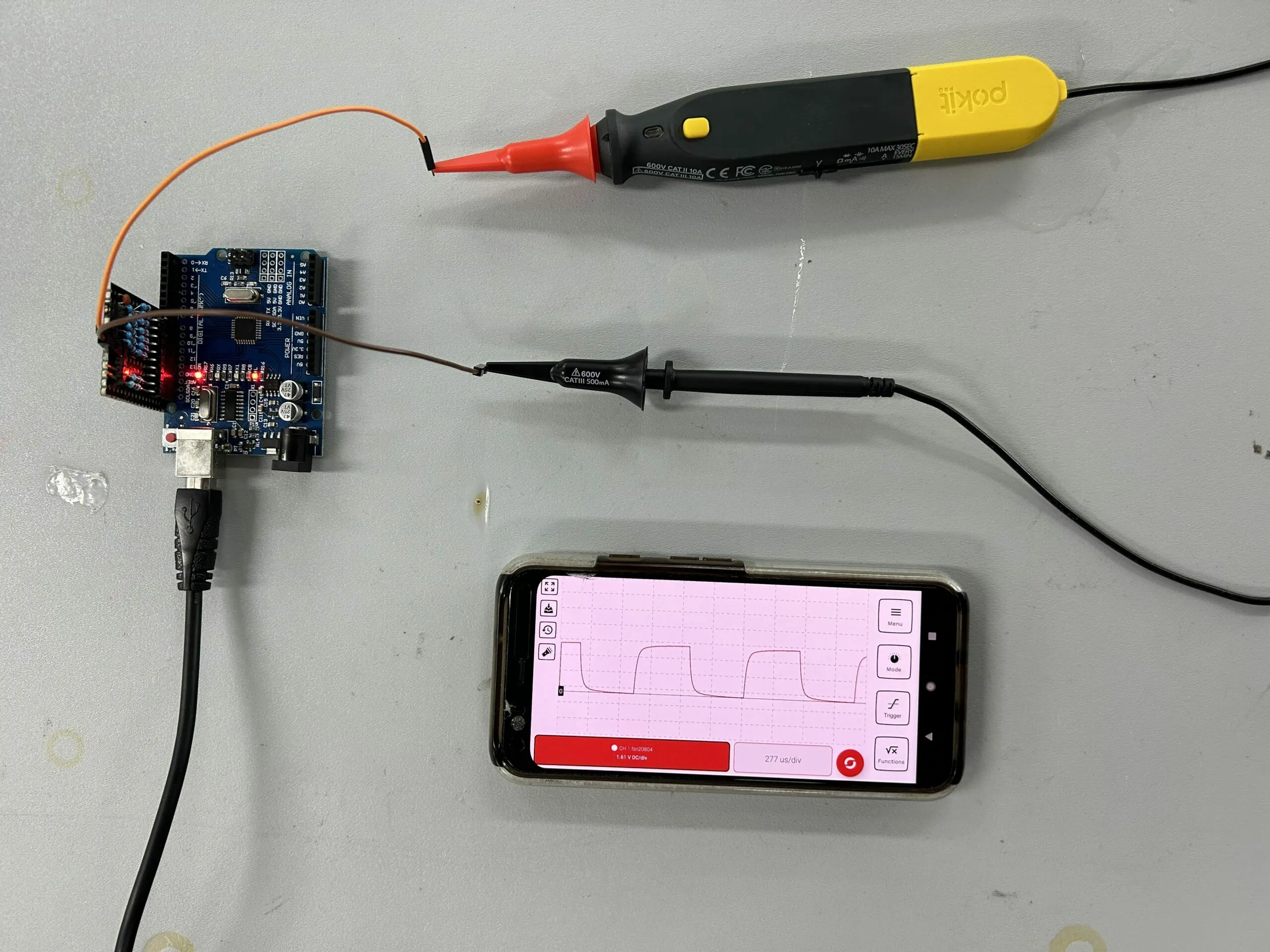
- Connect the probe to the input channel of the oscilloscope.
- Connect the probe to the signal you want to analyze.
- Adjust the vertical and horizontal scales on the oscilloscope to display the waveform correctly.
- Adjust the trigger settings to stabilize the waveform.
- Interpret the waveform.
- Analyze the waveform to identify any issues.
- Make adjustments to the circuit based on the analysis.
An oscilloscope is a powerful tool that significantly enhances your ability to work with electronics. It allows you to visualize waveforms and make precise measurements that would otherwise be difficult or impossible. With the information and tips provided in this beginner’s guide, you should now have a good understanding of how, why, and when to use an oscilloscope. Whether you’re a hobbyist or a professional, this instrument can help you troubleshoot problems, design circuits, and test equipment with greater accuracy and efficiency. Remember to choose the right oscilloscope for your needs, familiarize yourself with its controls and settings, and practice interpreting waveforms. With time and practice, you can become a skilled user of this valuable tool. Thank you for reading our article on using an oscilloscope. We hope it has been informative and valuable.
Pokit Innovations creates the world’s smallest wireless all-in-one multimeter, DSO and loggers. Pokit Innovations is disrupting the electronics test and measurement industry. Our test gear is highly portable, versatile, accurate and affordable. Buy here.

